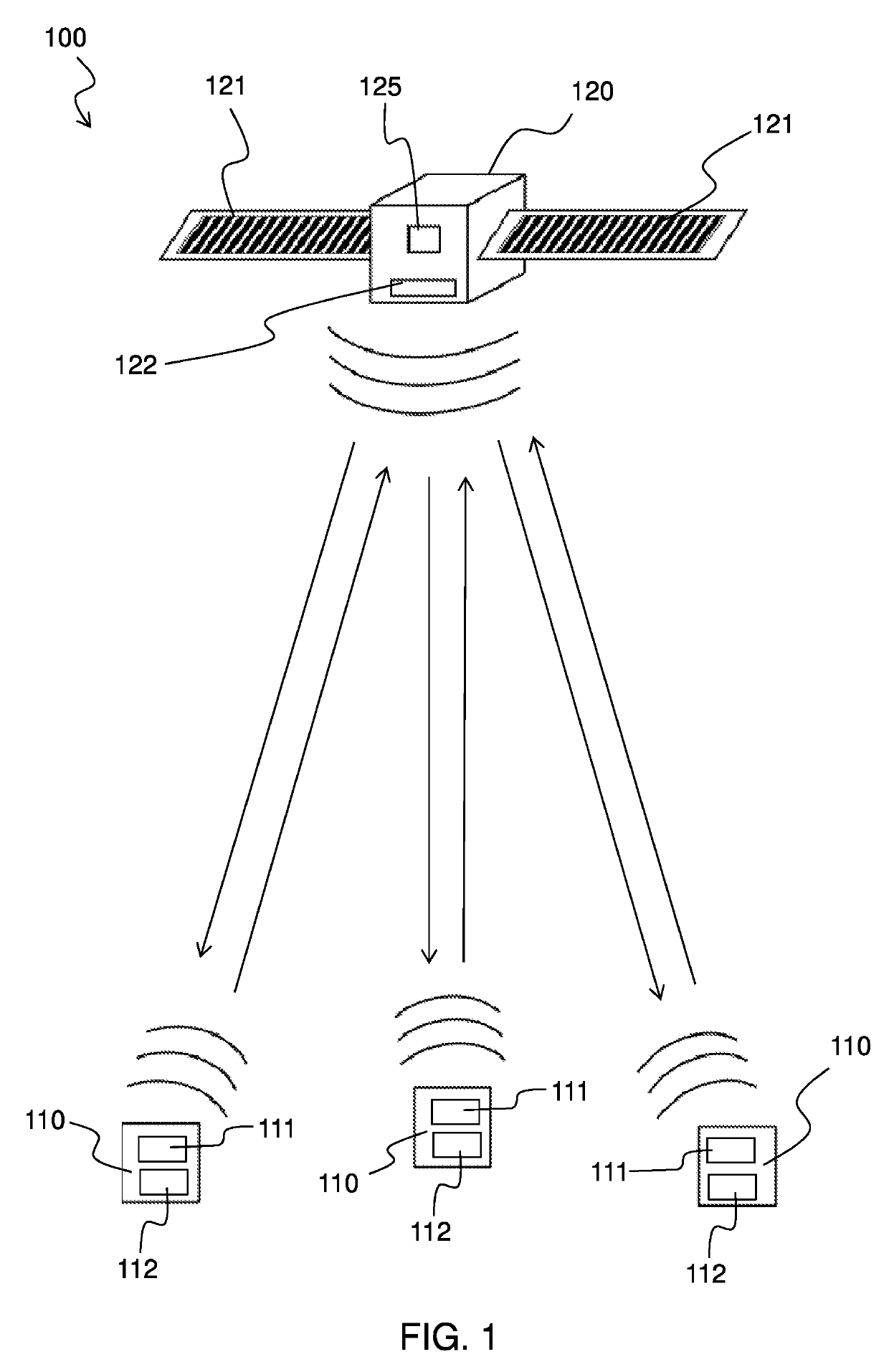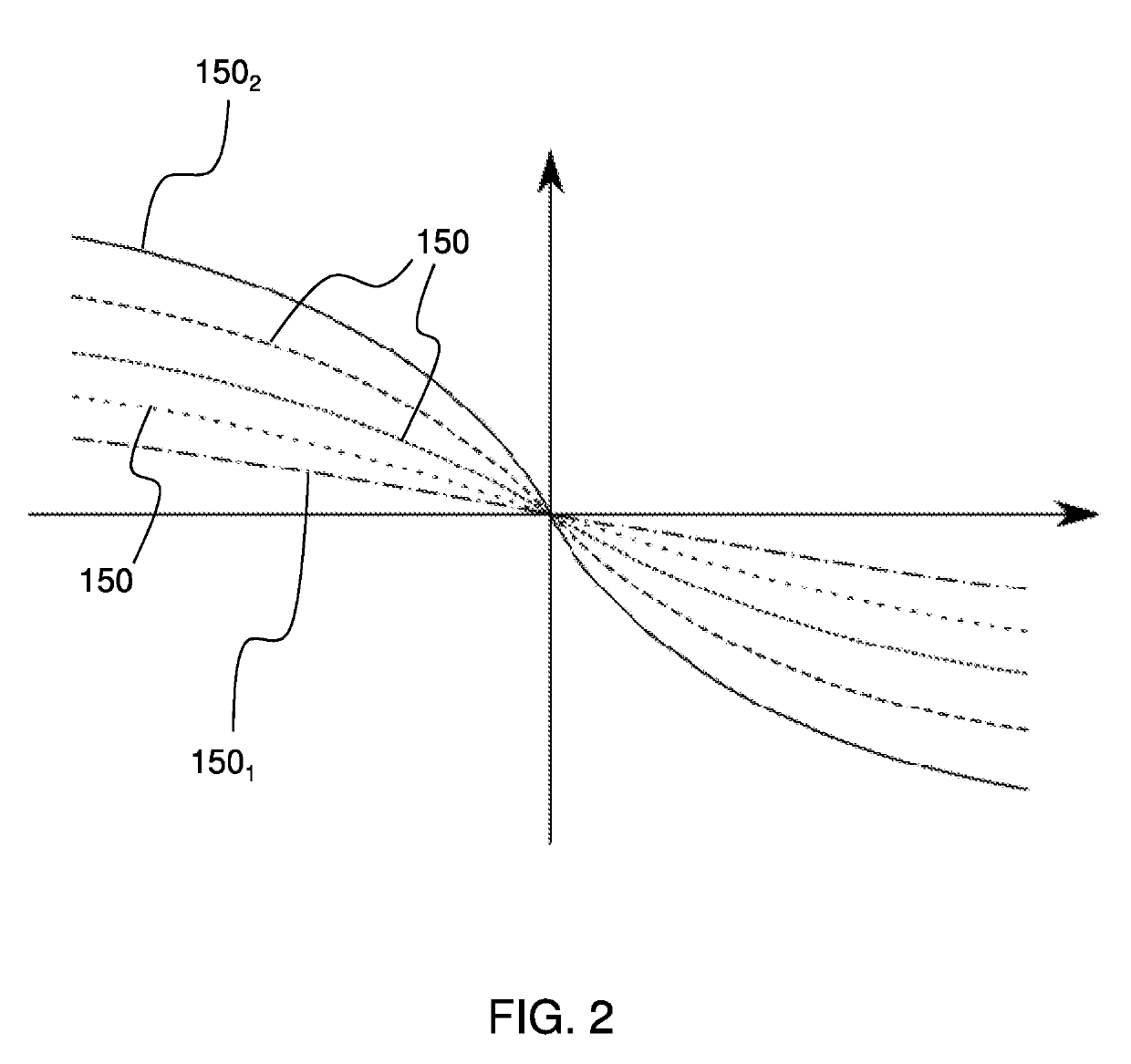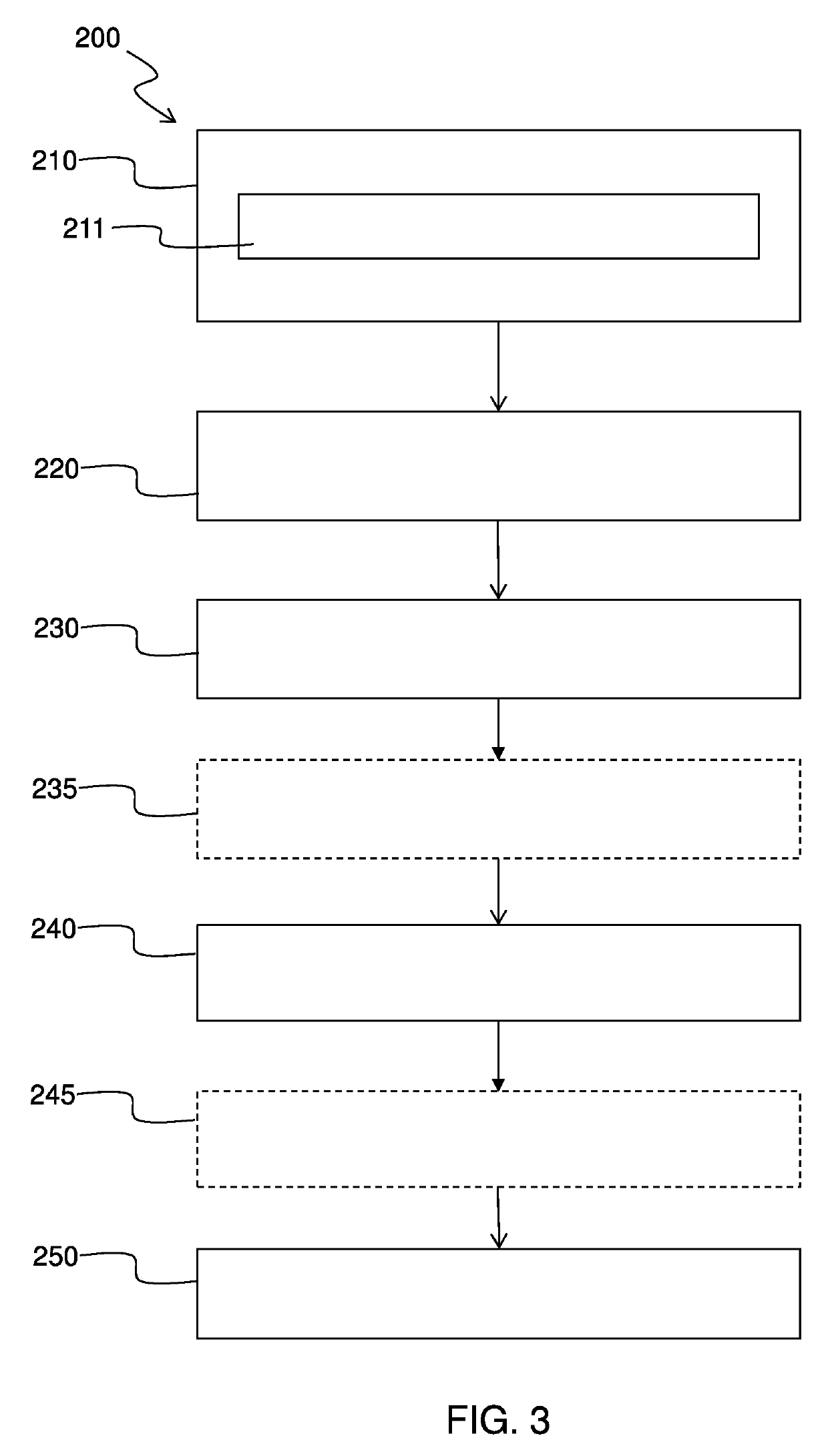Method for processing the doppler effect of a signal transmitted by a transmitter device to a non-geosynchronous satellite
a transmitter device and satellite technology, applied in the field of wireless telecommunication systems, can solve the problems of reducing the capacity of the communication channel for the same bandwidth, detecting such signals complex on the satellite, and disturbing the doppler effect, so as to reduce collisions and facilitate detection of signals
- Summary
- Abstract
- Description
- Claims
- Application Information
AI Technical Summary
Benefits of technology
Problems solved by technology
Method used
Image
Examples
Embodiment Construction
[0043]FIG. 1 diagrammatically shows a wireless telecommunication system 100 comprising a plurality of transmitter devices 110 and a satellite 120 of a constellation of nanosatellites placed into orbit beforehand around the Earth.
[0044]The transmitter devices 110 and the satellite 120 exchange data in the form of radio signals. The term “radio signal” means an electromagnetic wave that propagates via wireless means, of which the frequencies are included within the conventional spectrum of radio waves (a few hertz to several hundred gigahertz).
[0045]The transmitter devices 110 are in this non-limiting example of an aspect of the present disclosure connected objects that comprise telecommunication means 111 able to transmit signals to the satellite 120. It is suitable to underline that the transmitter devices 110, called in what follows connected objects 110, can also, in particular embodiments, exchange signals between them.
[0046]For example, the connected objects 110 further comprise...
PUM
 Login to View More
Login to View More Abstract
Description
Claims
Application Information
 Login to View More
Login to View More - R&D
- Intellectual Property
- Life Sciences
- Materials
- Tech Scout
- Unparalleled Data Quality
- Higher Quality Content
- 60% Fewer Hallucinations
Browse by: Latest US Patents, China's latest patents, Technical Efficacy Thesaurus, Application Domain, Technology Topic, Popular Technical Reports.
© 2025 PatSnap. All rights reserved.Legal|Privacy policy|Modern Slavery Act Transparency Statement|Sitemap|About US| Contact US: help@patsnap.com



